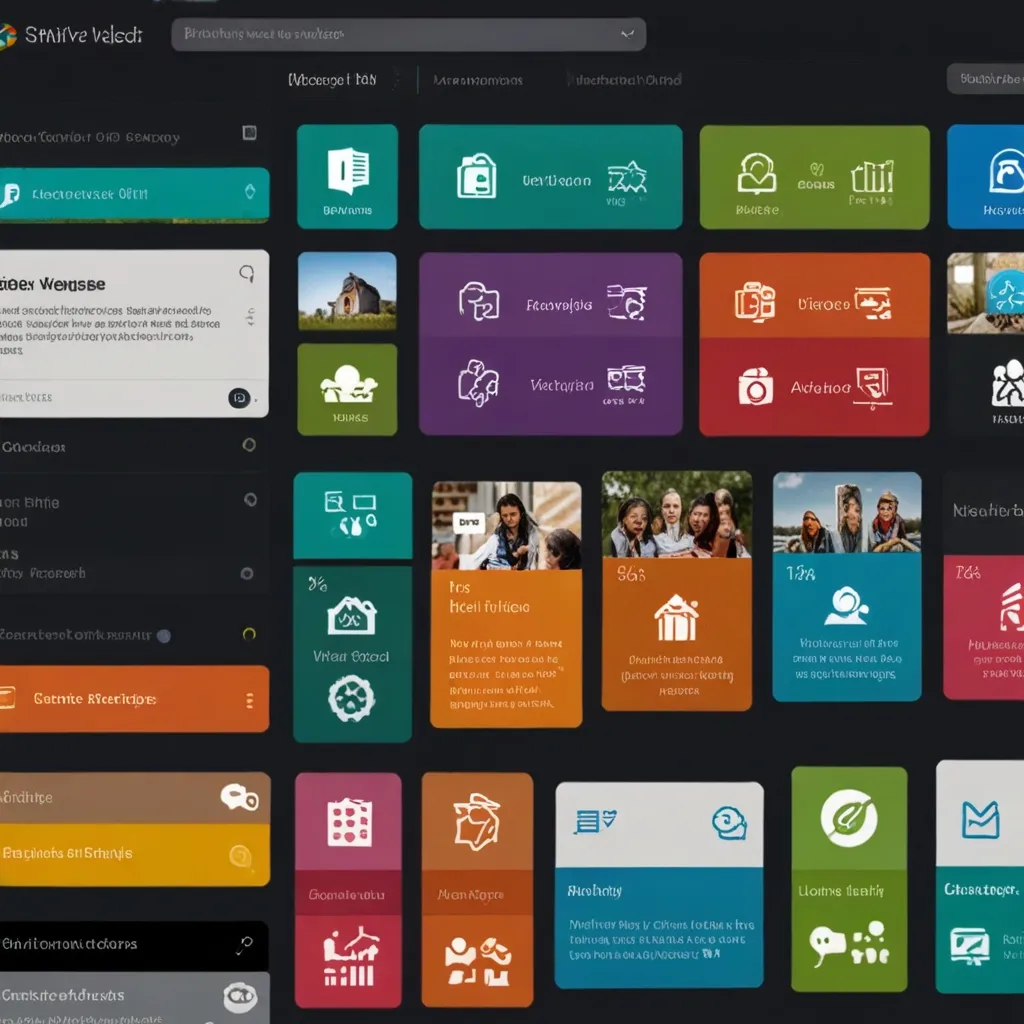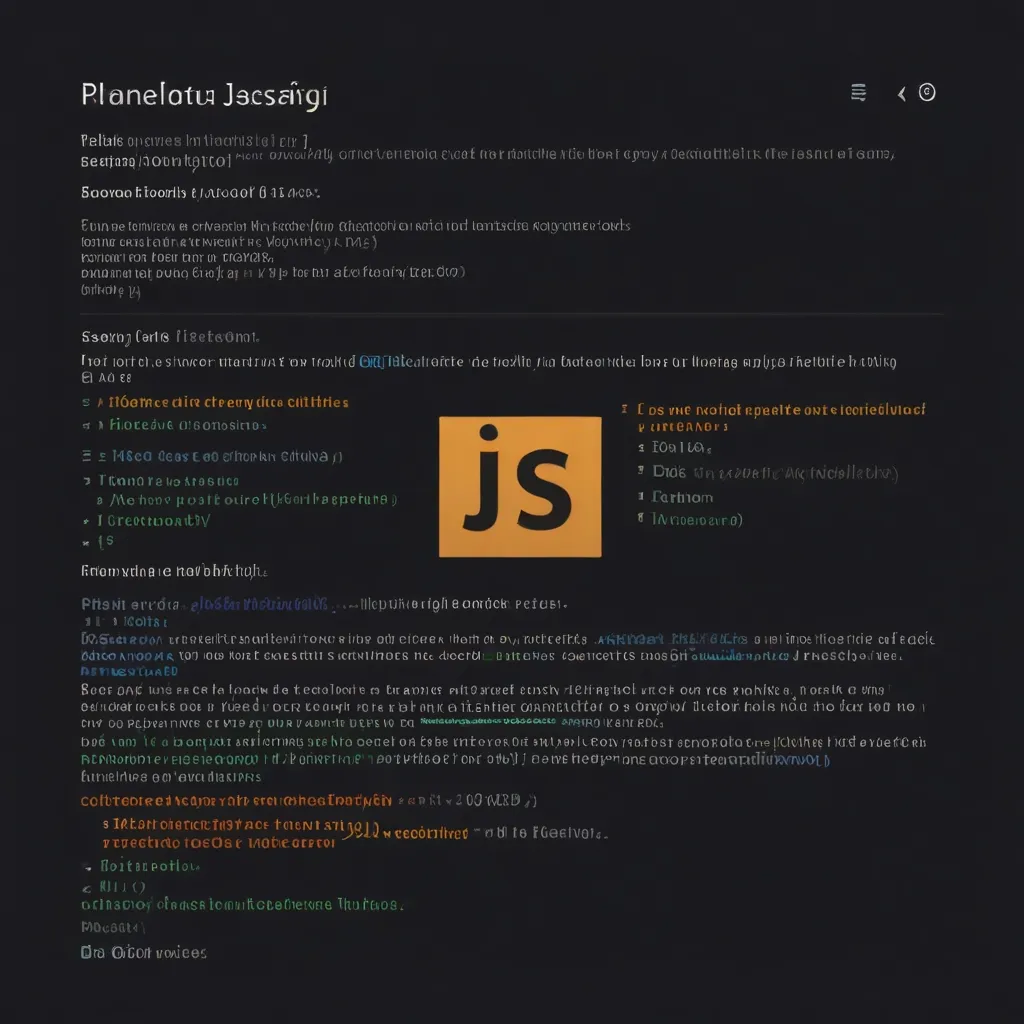When diving into web accessibility, ARIA (Accessible Rich Internet Applications) is a game-changer, especially if your site is packed with dynamic content. ARIA helps connect your site’s fancy features with assistive tech like screen readers. Let’s break down how to use ARIA in your JavaScript projects to make your web apps more inclusive.
Unpacking ARIA
ARIA stands for Accessible Rich Internet Applications, and it’s all about making web stuff easier to navigate for folks with disabilities. Think of it as a bridge that connects complex web content with tools that help users who can’t see the screen or use a mouse.
Why Bother with ARIA?
HTML does a decent job for static web pages but struggles with interactive web apps. Enter ARIA, which provides extra attributes that spell out what’s what on your site. This means users with disabilities don’t have to guesstimate what a widget or feature does. It’s like putting labels on everything so anyone can easily understand how to interact with your site.
The Nitty-Gritty: ARIA Concepts
Roles
ARIA roles are like job titles for elements on your page. They tell assistive technologies what each part does. For instance, a “menu” role clarifies that a set of links should be navigated as a menu. Roles like “slider” and “progressbar” make fancy widgets easier to handle with assistive tools.
Properties
Properties in ARIA detail the current state of widgets. Think of a checkbox; it can be checked or unchecked. Similarly, a form control could be marked “readonly”. These properties guide assistive tech in conveying the correct info to users.
Live Regions
Live regions are spots on your page that get constant updates, like a stock ticker. ARIA attributes highlight these areas so screen readers can announce updates, keeping users in the loop without overwhelming them.
Best Practices for ARIA
Stick with Native HTML
The golden rule is to use native HTML elements whenever possible. Native elements come with built-in accessibility perks like keyboard navigation. When ARIA is a must, make sure it behaves just like the native element it’s mimicking.
Less is More
Using ARIA incorrectly can backfire. It’s better to have no ARIA than bad ARIA because mistakes can make your site even less accessible. Get it right or don’t use it at all.
Keyboard Friendly
All interactive elements tagged with ARIA must be operable via keyboard. This is crucial for people who can’t use a mouse. Ensure your widgets can be navigated and interacted with keyboard input alone.
Use Landmark Roles
Landmark roles are one of ARIA’s simplest and most effective features. They help folks who use screen readers zoom straight to main sections of a page, like navigation menus or search bars. Landmark roles like “banner”, “navigation”, and “main” make it a breeze to get around.
Crafting an Accessible Progress Bar
Creating an accessible progress bar with ARIA is straightforward. Here’s a quick example:
<div id="percent-loaded" role="progressbar" aria-valuenow="75" aria-valuemin="0" aria-valuemax="100"></div>
This snippet shows a progress bar with the role="progressbar" attribute, signaling it as a progress indicator to assistive tech. The aria-valuemin, aria-valuemax, and aria-valuenow attributes define the progress bar’s range and current value, making it understandable by screen readers.
Testing ARIA
ARIA support can vary across different browsers, operating systems, and assistive tools. To ensure flawless access, always test your ARIA setup with real assistive technology—not just browser dev tools. This ensures your web app truly works for everyone who needs those features.
Implementing ARIA with JavaScript
JavaScript can dynamically add and update ARIA attributes. For instance, updating a live region to announce new content might look like this:
const liveRegion = document.getElementById('live-region');
liveRegion.setAttribute('aria-live', 'polite');
liveRegion.textContent = 'New content has been added.';
Updating the aria-live attribute prompts screen readers to alert users without being too intrusive.
Wrapping Up
ARIA is a stellar tool for making JavaScript-heavy web apps accessible. By mastering ARIA roles, properties, and states, you open your content to a wider audience, including those with disabilities. Prioritize native HTML elements, ensure keyboard operability, and rigorously test your ARIA implementations. Ultimately, it’s about creating a web where everyone, regardless of their abilities, can navigate and interact with your site seamlessly.






